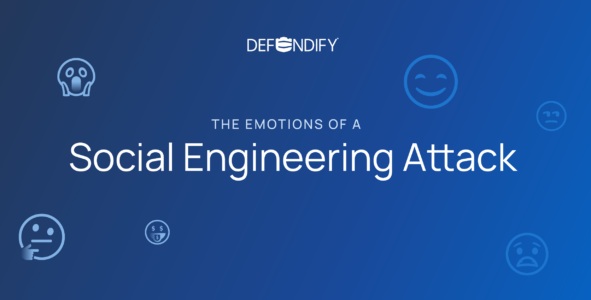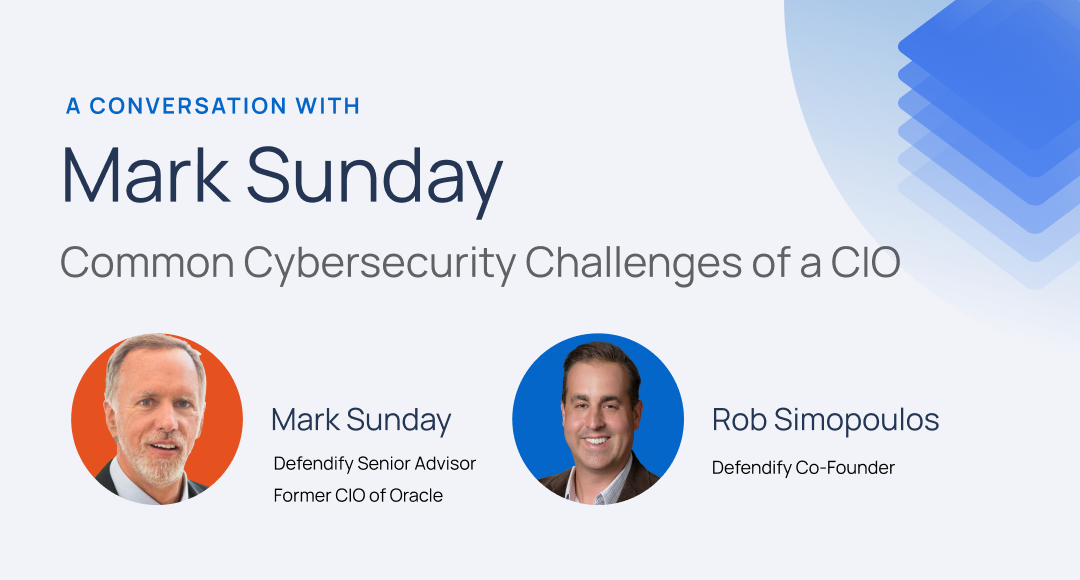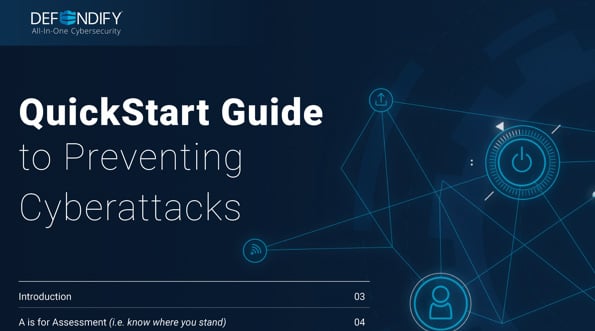As a small business, your top-notch employees are your most valuable asset. They keep your sales coming, your customers happy, and your business running on all cylinders.
With proper knowledge and education, your team can also help maintain your business’ cybersecurity. The first step in nurturing their A-game is setting expectations for how they can build and support your company’s cybersecurity posture—something that requires a little thought and guidance.
A Technology and Data Use Policy to the Rescue!
A Technology and Data Use Policy outlines how employees use technology in the workplace. It’s one of your crucial cybersecurity tools, setting a clear and strong baseline for employee behavior and training. A Technology and Data Use Policy can help reduce the insider threat—a danger on the rise—and help reduce the risk of human error and negligence.
This key cybersecurity policy can help drive improvement through several channels:
- Culture and Expectations: A comprehensive policy with clear guidelines helps set the stage for a cybersecurity-first mindset from Day 1.
- Consistency: Objective standards around technology means all employees are treated fairly.
- Reduced Liability: If a technology-related or cyber incident does occur, it’s helpful for all parties to understand agreed-upon standards and best practices.
What should you include in your Technology and Data Use Policy?
Your Technology and Data Use Policy sets the standards that will help keep your business secure. Every business has different needs, but there are a handful of key considerations:
- Sensitive Data: Cover principles such as least privilege, how sensitive information can be stored and shared, and necessary protection steps (both electronic and physical).
- Company Devices: Specify whether employees are allowed to conduct personal activities on their work computers and phones and whether they can connect to public wi-fi.
- Personal Devices: Share your Bring Your Own Device (BYOD) policy and whether personal devices connect to company wi-fi.
- Technology and Accounts: Establish requirements for multi-factor authentication and strong passwords on company accounts, and state restrictions on technologies such as USB drives and peripheral devices (e.g. keyboards and mice).
- Email and Communication: Specify how employees are expected to use their email and communicate on behalf of the company (e.g. don’t share sensitive data, don’t harass others, don’t sign up for personal accounts, etc.)
- No Expectation of Privacy: State that employees should not expect privacy when using company devices and services—it’s nothing personal, just good business policy.
- Reporting an Incident: Cover what employees should do if they think they have fallen victim to a cyberattack, criminal activity, malware, ransomware, or breach.
To get started, take a comprehensive look at your computer and network systems and obligations, and begin to make some cybersecurity and technology-minded policy decisions. Don’t be afraid to update—your policy should be a living document that changes with your business needs.
Implementation and Support
When your policy is complete, the most important step is to ask employees to read and sign it! And when you do, be sure to explain why the changes are important—for them and for the company. Make the policy a central focus for new and existing team members, and encourage questions and discussion. Enforcing your Technology and Data Use Policy is an important, but take care to be fair—employees shouldn’t be afraid to report a slip-up or suspicious activity. In many situations, it’s more effective to treat a security incident as an opportunity for improvement rather than punishment.
Your Technology and Data Use Policy isn’t just a set of rules: it’s a resource to you and your team. The better your team understands how seriously your company takes cybersecurity, the better they can help protect your business.
Stay Safe,
Your Friends @ Defendify
Resources & insights
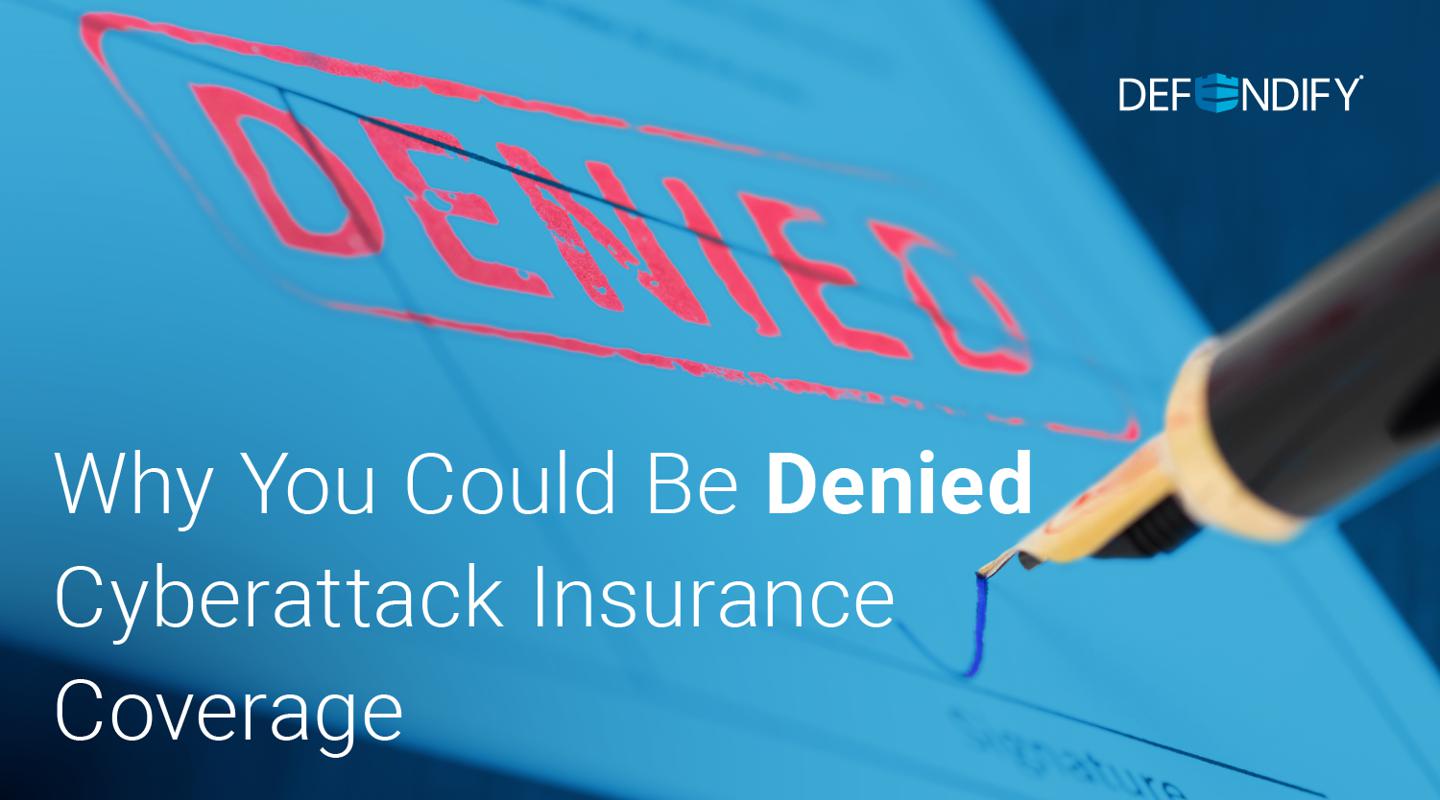
Why You Could Be Denied Cyberattack Insurance Coverage
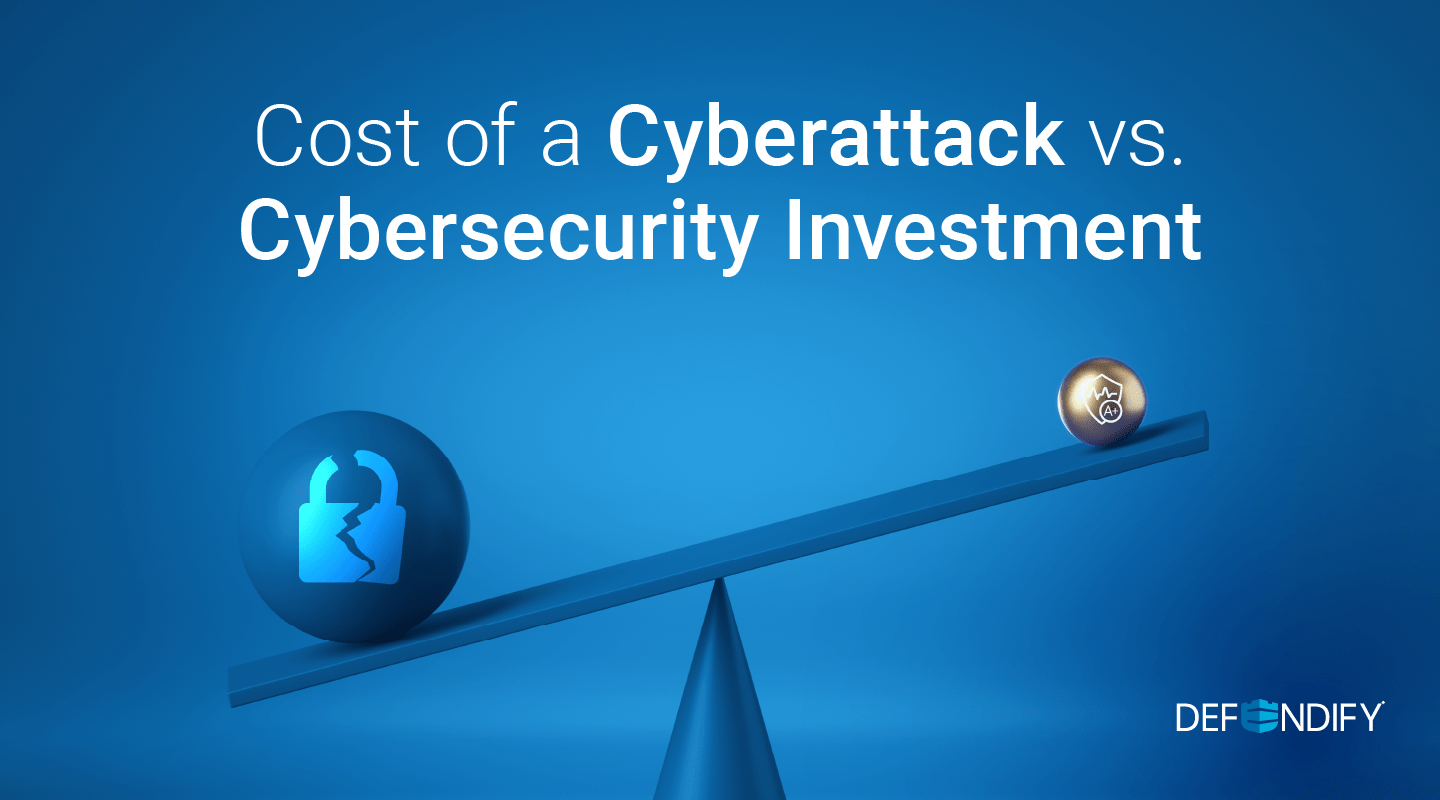
Cost of a Cyberattack vs. Cybersecurity Investment
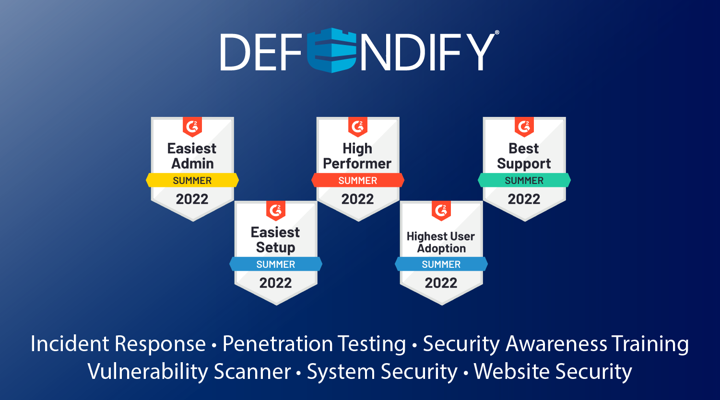
Defendify Listed as a High Performer in Six G2 Grid Categories

Why You Could Be Denied Cyberattack Insurance Coverage

Cost of a Cyberattack vs. Cybersecurity Investment

Defendify Listed as a High Performer in Six G2 Grid Categories
Protect and defend with multiple layers of cybersecurity
Defend your business with All-In-One Cybersecurity®.
Explore layered
security
Learn more about Defendify’s three key layers and All-In-One Cybersecurity®.
How can we help?
Schedule time to talk to a cybersecurity expert to discuss your needs.
See how it works
See how Defendify’s platform, modules, and expertise work to improve security posture.
